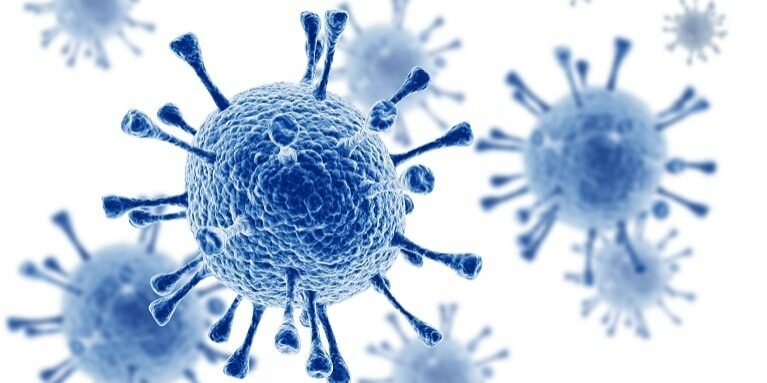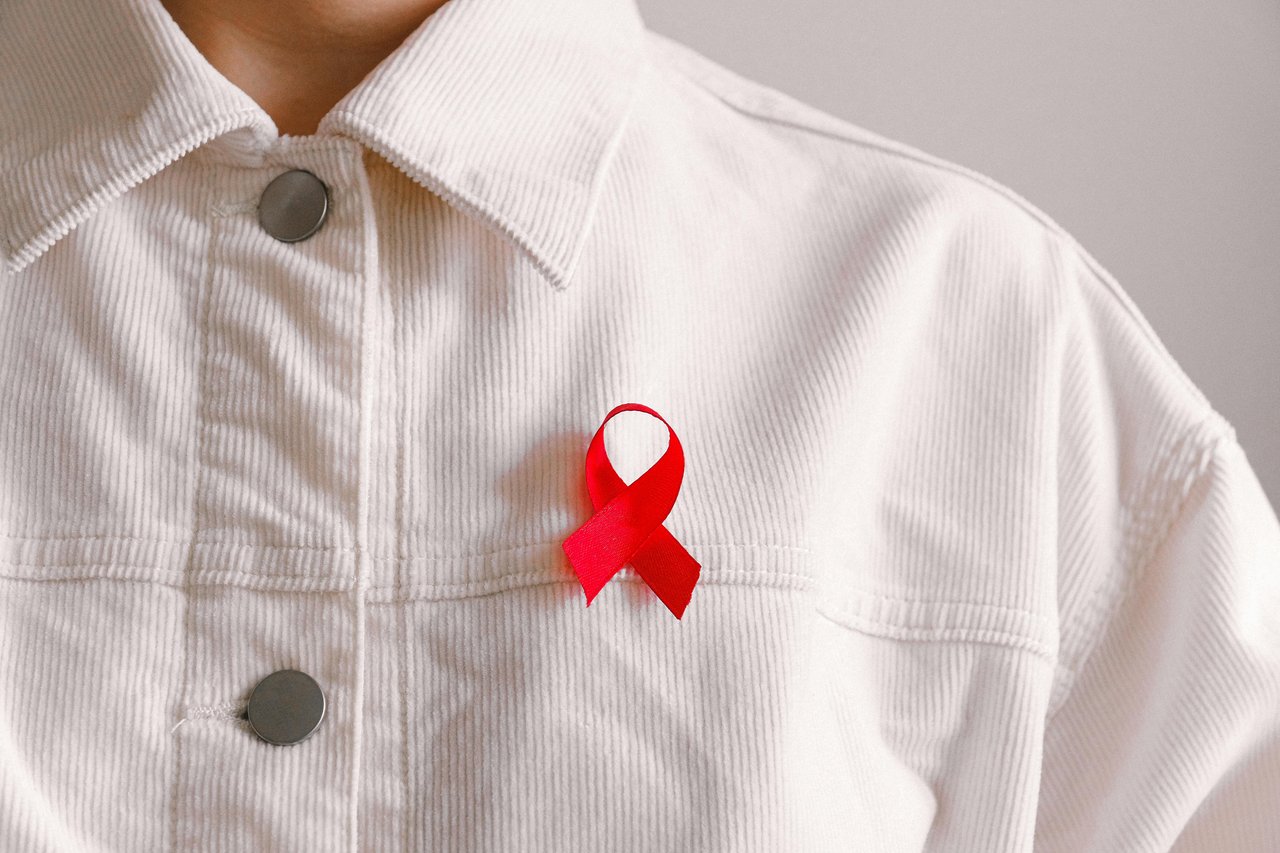In recent years, healthcare providers have observed a troubling trend: the rising co-infection rates of sexually transmitted infections (STIs) such as herpes simplex virus (HSV), syphilis, and gonorrhea—particularly among individuals already living with HIV. These co-infections are not only clinically significant but also represent a public health challenge with serious implications.
The Numbers Don’t Lie
According to the CDC, rates of syphilis increased by over 74% from 2017 to 2021 in the U.S., with more than 200,000 cases reported in 2021 alone. HSV-2 infection affects an estimated 12% of adults globally, while gonorrhea cases have nearly doubled in the last decade, with growing antibiotic resistance posing additional threats.
The Clinical Domino Effect
Co-infection amplifies health risks. HSV-2, for instance, increases HIV transmission risk by 2-3 fold, due to mucosal disruptions. Syphilis and gonorrhea can cause ulcers or inflammation, further increasing susceptibility and infectiousness of HIV. Moreover, overlapping symptoms can complicate diagnosis, delay treatment, and worsen disease progression.
Public Health Implications
Co-infections strain healthcare systems and increase the need for integrated testing and treatment strategies. Silent infections—especially asymptomatic HSV or pharyngeal gonorrhea—can quietly fuel transmission within communities. Alarmingly, many STIs are underdiagnosed in high-risk populations due to stigma, lack of routine screening, or healthcare access barriers.
What Needs to Change
Routine screening for all major STIs, especially among people living with HIV.
Increased public awareness about asymptomatic transmission.
Integrated sexual health services that treat co-infections holistically, not in isolation.
Investment in new diagnostics and vaccines, especially as antimicrobial resistance grows.
As the STI landscape evolves, our public health strategies must evolve with it. Addressing co-infection isn’t just about individual patient care—it’s about breaking chains of transmission and strengthening population-level defenses.


